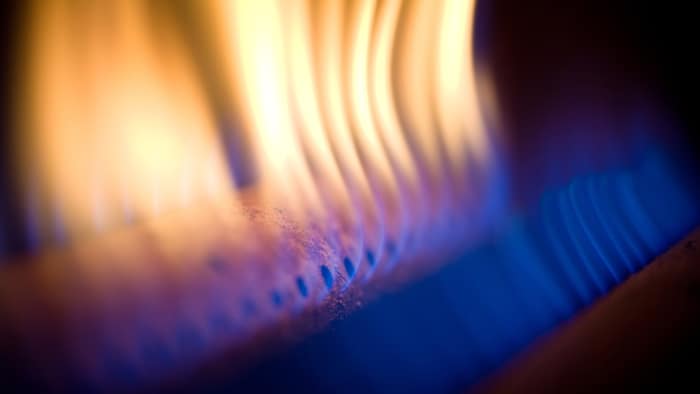Chlorine and methane gases and their interaction
Reactions between chlorine and methane

In this article, we will look at the interaction of two gases, methane and chlorine. The history of the discovery of methane is very interesting. The Italian scientist Alessandro Volta was very inspired by an article written by Benjamin Franklin about “flammable air”. In 1776, Volta began collecting air in the swamps of lake Lago Maggiore, which is between Italy and Switzerland. Two years later, the scientist managed to obtain pure methane. He proved that he had discovered truly flammable air, by lighting it with a spark in front of an amazed audience. In ordinary conditions, methane is a colorless gas, which is much lighter than air and practically insoluble in water. Methane also has no smell, and is one of the safest gases for the environment and human beings, it does not cause shortness of breath and is not poisonous. Scientists discovered that it is only fatal to living creatures if the amount of methane significantly exceeds the amount of oxygen. But the probability of this is extremely low, as methane is lighter than air, and so it does not accumulate indoors.
Application

Methane is an essential source of fuel in large-scale industrial production, including rocket production. Methane is also a powerful greenhouse gas, which has a much greater impact than carbon dioxide.
Obtaining methane
It is quite easy to obtain methane in the laboratory. We will look at several methods:
- with aluminum carbide and water:
Al₄C₃ + 12H₂O = 3CH₄↑ + 4Al(OH)₃;
- by melting sodium salt, acetic acid and sodium hydroxide:
CH₃COONa + NaOH = CH₄↑ + Na₂CO₃;
- it is also possible to obtain methane naturally with a biogas unit.

Chemical properties of methane
Methane has the formula CH₄ and is in first place in the homologous series of alkanes. It has low chemical activity, and in normal conditions barely reacts with acids, alkalis and oxidizers. Methane does not enter into combination reactions, but can enter into displacement reactions. This gas interacts with chlorine (chlorination of methane), and hydrogen atoms are displaced by chlorine atoms one after another:
CH₄ + Cl₂ = CH₃Cl + HCl
CH₃Cl + Cl₂ = CH₂Cl₂ + HCl
CH₂Cl₂ + Cl₂ = CHCl₃ + HCl
CHCl₃ + Cl₂ = CCl₄ + HCl.
This reaction only takes place in dispersed light, as in direct sunlight an explosion may take place. In air, methane burns without color, releasing a large amount of heat:
CH₄ + 2O₂ = СО₂ + 2Н₂О
Therefore, methane is explosive in combination with air. In an airless space at a temperature of over 1000 degrees Celsius, the gas breaks down into its components: carbon and hydrogen:
CH₄ = С + 2Н₂.
Chlorine

This gas is the complete opposite of methane, as chlorine is much heavier than air, has a greenish-yellow color and an unpleasant harsh smell. From the standpoint of toxicology, in pure form it is hazardous to human beings and other living creatures. For example, if it enters the respiratory tract, chlorine causes burns to the mucous membranes, and suffocation. There is a high probability of fatality from chlorine poisoning.
In industry, chlorine is obtained by the electrolysis of sodium chloride. This is the most effective method. However, there are also chemical methods for obtaining this substance, for example the reaction with manganese dioxide:
MnO₂ + 4HCl = MnCl₂ + Cl₂ + 2H₂O

There are around 10 methods for obtaining chlorine chemically, but it is unprofitable to use them in large-scale production.
Click here to find out how to obtain chlorine at home.
Chemical properties of chlorine
Chlorine is very active, and interacts with the majority of elements. Chlorine displays strong oxidizing properties, practically on a par with oxygen. Chlorine takes part in combination reactions, as well as displacement and oxidation reactions. It can react with both organic and inorganic compounds.
Interaction of chlorine and methane, displacement reaction
Chlorination of alkanes – displacement reaction of hydrogen atoms of an alkane by chlorine atoms The reaction of methane and chlorine is a displacement reaction, which takes place according to a radical mechanism. There is differing information about the chlorination of methane, for example some scientists state that the interaction of gases takes place in light, while others state that the substances are heated. However, they agree that the reaction of methane and chlorine is highly explosive, so it must be carried out with special preparation.